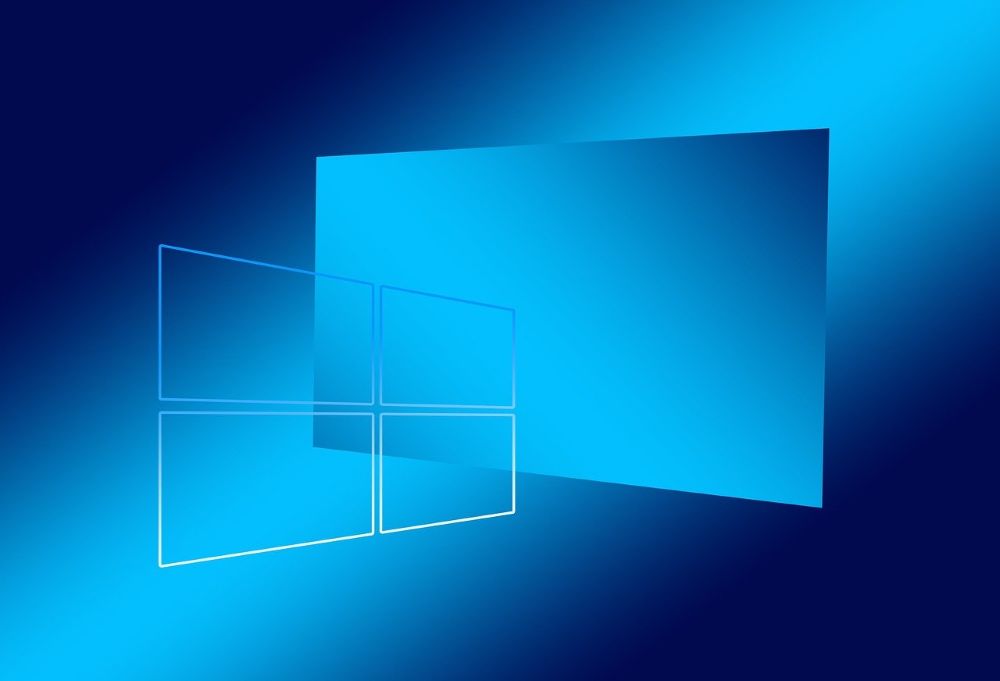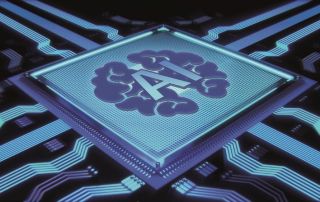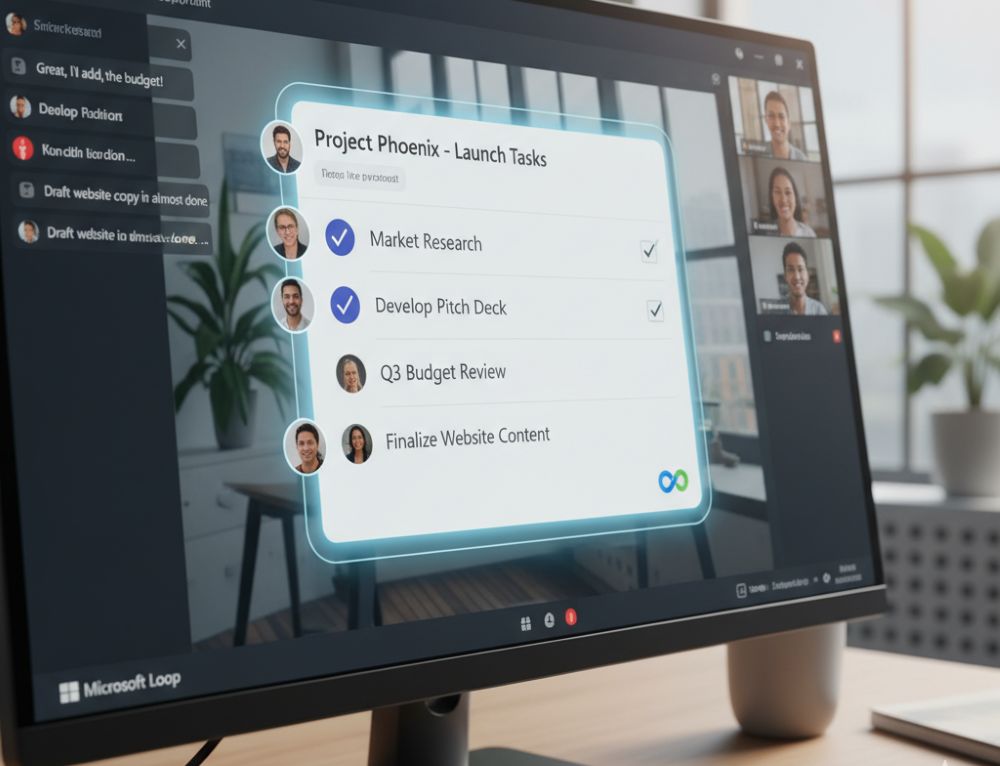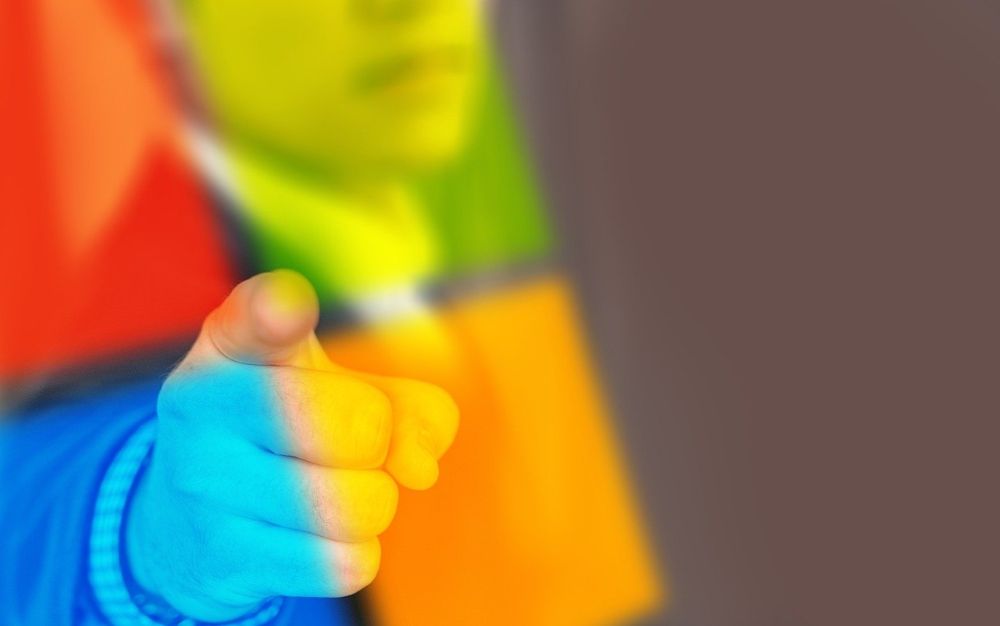Windows 12: Where is it? The current status in October 2025
For months, indeed for almost years, rumors swirled: Microsoft would release a new operating system, “Windows 12.” The target date was often cited as fall 2025, coinciding with the end of support for Windows 10, which officially began on October 14, 2025.
But now, at the end of October 2025, there’s no sign of Windows 12. Instead, Microsoft is delivering updates for Windows 11 25H2.
What happened? Has Windows 12 been canceled, postponed, or quietly integrated into Windows 11? We shed light on the latest developments.

The big question: When will Windows 12 be released?
The short and sobering answer is (as of October 21, 2025): There is no official announcement or confirmation from Microsoft for a product called “Windows 12.”
The strong rumors predicting a release in 2024 or, at the latest, fall 2025, have not come to pass. These rumors were often fueled by hardware partners and insider reports suggesting a new three-year cycle for major Windows versions.
Instead of a big “Big Bang” release of a new operating system, Microsoft is clearly pursuing a different strategy.
The Reality: What Happened in 2025 Instead
While the world waited for “Windows 12,” Microsoft focused its energy on two main areas:
- Windows 11 24H2 and 25H2: The “AI Update” The “next generation of Windows” that Microsoft referred to wasn’t a new product, but a massive content update for Windows 11. The features originally attributed to “Windows 12” are now part of the major updates for Windows 11 (version 24H2 and the recently released 25H2).
- Windows 11 24H2 and 25H2: The “next generation of Windows” that Microsoft referred to wasn’t a new product, but a massive content update for Windows 11. This includes:
- Deep Copilot Integration: The AI assistant is now an integral part of the system, not just a pinned app.
- New Copilot+ PC Features: Features like Recall (a searchable timeline of your PC activity) have been introduced.
- Optimization for NPUs (Neural Processing Units): The system is now designed to run AI tasks directly on specialized processors (in new “AI PCs”) instead of in the cloud.
Essentially, Microsoft has packaged the “Windows 12” revolution as an evolution of Windows 11.
Windows Server 2025: The only officially new operating system version Microsoft released this year is Windows Server 2025. While it includes a desktop environment similar to Windows 11, it is clearly designed for enterprise customers and data centers.
Microsoft’s new strategy: Windows as a service
Current developments strongly suggest that Microsoft is moving away from the idea of fixed, numbered versions – a strategy they originally intended to pursue with Windows 10 (“The last version of Windows”).
Instead of creating a new, expensively marketed product every three years, the focus now seems to be on Windows 11 as a continuous “service.” Once a year (in the fall), there is a major update (such as 24H2 or 25H2) that brings significant new features.
This approach has advantages:
- No fragmentation: Users don’t have to consider whether to upgrade to “12.”
- Stability: The core structure remains Windows 11, while AI features are added modularly.
- No major upgrade hurdles: The system requirements (TPM 2.0, etc.) remain the same as for Windows 11.
Outlook: Will “Windows 12” perhaps arrive in 2026?
Just because it didn’t appear in 2025 doesn’t mean the name “Windows 12” is off the table forever. Some reports (including one from PCMasters.de) speculate that Microsoft may have postponed the release to 2026 to further advance the development of AI features. It is conceivable that Microsoft will eventually make a clean break and brand the next major feature update (perhaps 26H2) as “Windows 12” to signal a clear new beginning – especially if the underlying system architecture (keyword “CorePC” for more modular systems) changes significantly.
Conclusion
If you’ve been waiting for “Windows 12,” the latest development is that you don’t have to wait. The “future of Windows” is already here; it’s simply called Windows 11 25H2.
The most exciting innovations are currently happening under the hood, with a strong focus on artificial intelligence. For Windows 10 users, however, the pressure is real: since support ended on October 14, 2025, the recommended step is not to wait for Windows 12, but to upgrade to the current Windows 11.
Beliebte Beiträge
Never do the same thing again: How to record a macro in Excel
Tired of repetitive tasks in Excel? Learn how to create your first personal "magic button" with the macro recorder. Automate formatting and save hours – no programming required! Click here for easy instructions.
IMAP vs. Local Folders: The secret to your Outlook structure and why it matters
Do you know the difference between IMAP and local folders in Outlook? Incorrect use can lead to data loss! We'll explain simply what belongs where, how to clean up your mailbox, and how to archive emails securely and for the long term.
Der ultimative Effizienz-Boost: Wie Excel, Word und Outlook für Sie zusammenarbeiten
Schluss mit manuellem Kopieren! Lernen Sie, wie Sie Excel-Listen, Word-Vorlagen & Outlook verbinden, um personalisierte Serien-E-Mails automatisch zu versenden. Sparen Sie Zeit, vermeiden Sie Fehler und steigern Sie Ihre Effizienz. Hier geht's zur einfachen Anleitung!
The silent traffic killer: How Google’s AI search is making life difficult for content creators
Google provides the answer, but no longer the click. Google's new AI search threatens the existence of content creators by intercepting traffic. We analyze why this is so dangerous and which strategies can still help. Is organic traffic dying? #SEO #AI
Agentic AI: The next quantum leap in artificial intelligence?
Forget simple chatbots! Agentic AI is here: Autonomous AI that plans, learns, and solves complex tasks for you. Discover how AI agents will revolutionize the world of work and your everyday life. Are you ready for the future of artificial intelligence?
Wi-Fi 7 vs. Wi-Fi 6: A quantum leap for your home network?
Wi-Fi 7 is here! Learn all about its advantages over Wi-Fi 6: extreme speed, minimal latency, and MLO. We'll explain who should upgrade now and what you can do with your ISP router. Your guide to the Wi-Fi of the future.


































